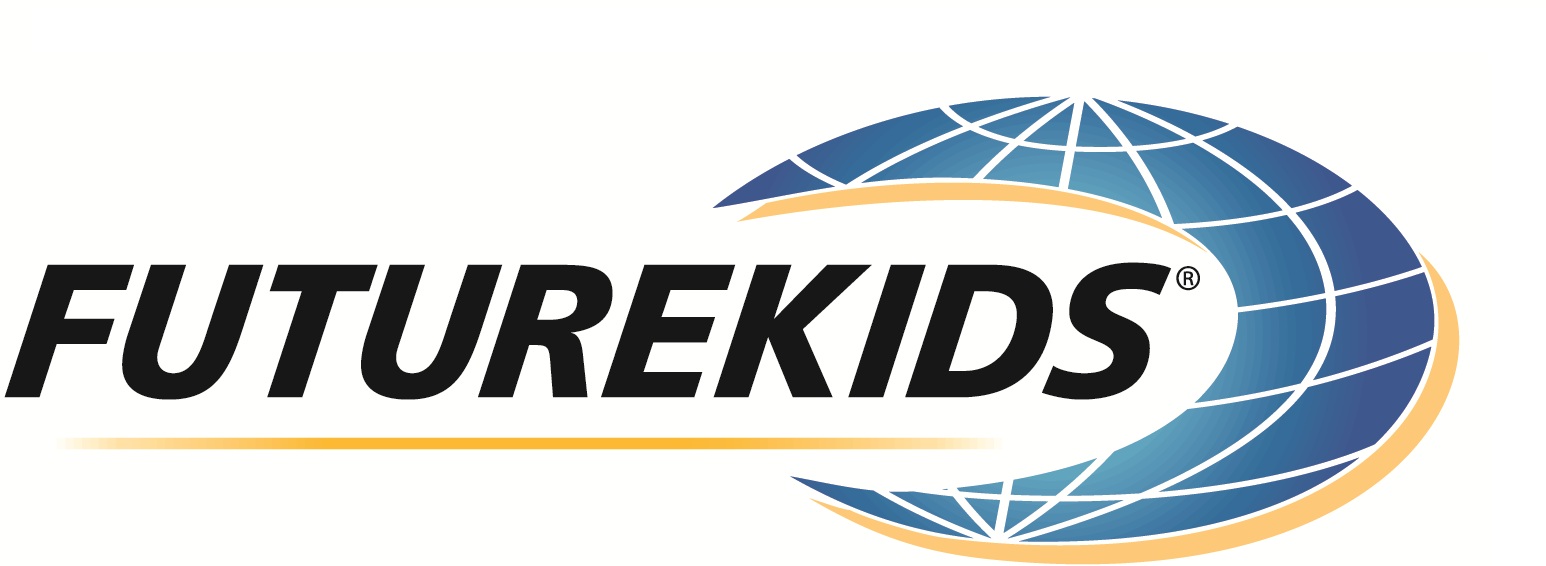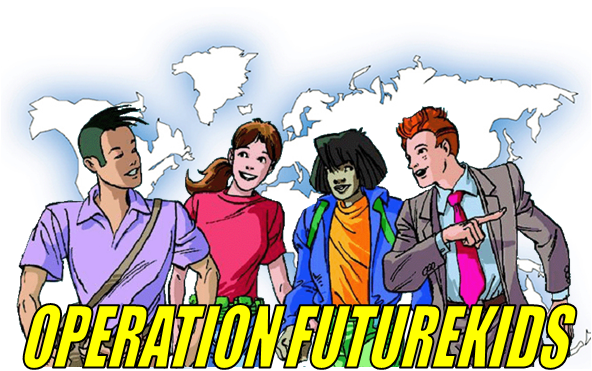
FUTUREKIDS, an international team of troubleshooters whose defining characteristic is their facility with computers, is commissioned by a variety of international organisations that need help with some very important missions.
In Operation Futurekids, the students apply their knowledge of computers in 10 technology areas:
applied technology, databases, desktop publishing, graphics, multimedia, operating environments, programming, spreadsheets, telecommunications and word processing
Skills in these areas will be required to complete projects as the children explore the computer, manage wildlife, organize a fair, analyze currency and assemble a time-capsule presentation.

|
Unit 1:
In Mission Log On, the students use desktop publishing technology to solve puzzles and mysteries while learning about computers. In the process, they learn to combine text and graphics effectively to create projects including a crossword puzzle, a computer rules sign, a colour-coded puzzle, a cover for their printed work and a congratulatory card.
Featured Objectives:
|
|
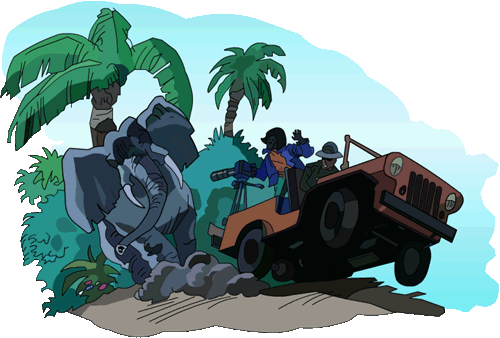
|
Unit 2:
In Mission World Wildlife, the students are introduced to basic database skills as they help plan the opening of a zoo. In the process, the children complete a map of the zoo, organize pictures of animals and arrange colorful patterns on snakes. They also analyze and interpret attributes of zoo workers, unusual creatures and zoo souvenirs by sorting, grouping and ordering data. The students do research on the Internet and use a multimedia encyclopedia to learn more about animals and zoos.
Featured Objectives:
| |
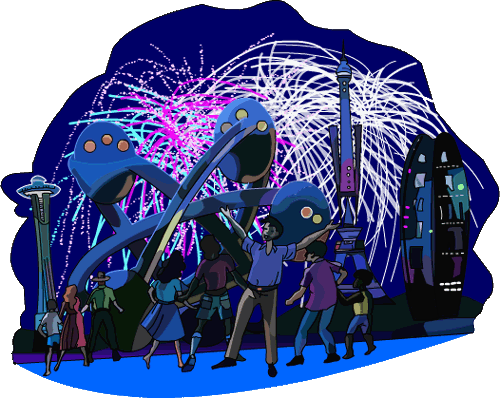
|
Unit 3:
In Mission World’s Fair, the pupils use their wordprocessing and graphics skills to help create materials for a world’s fair. The children learn graphics skills such as inserting images, selecting colours, applying patterns and using tools to make shapes, lines and paint effects. Some of the projects include generating a map, designing a flag and making an identification badge. In addition, the students chronicle adventures at the fair by creating a book about a visit. In doing so, they use advanced graphics techniques and learn wordprocessing skills such as changing text font, colour, style and size.
Featured Objectives:
|
|
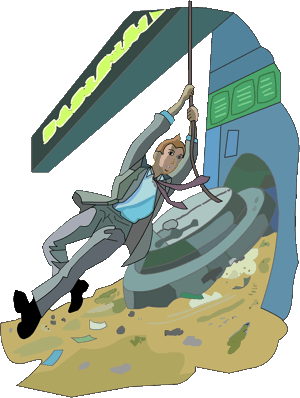
|
Unit 4:
In Mission World Currency, the students develop spreadsheet skills as they help a store that sells toys from around the world. The children first learn the basic parts of a spreadsheet, including rows, columns and cells. While practicing cell recognition, they discover that the store sells toys, decorate a picture and organize toys in a grid. Then the pupils use spreadsheets to total currency collected by the store and to calculate the number of toys in the store and the quantity of toys sold. In addition, the students communicate with the store owners by sending and receiving e-mail messages.
Featured Objectives:
|
|
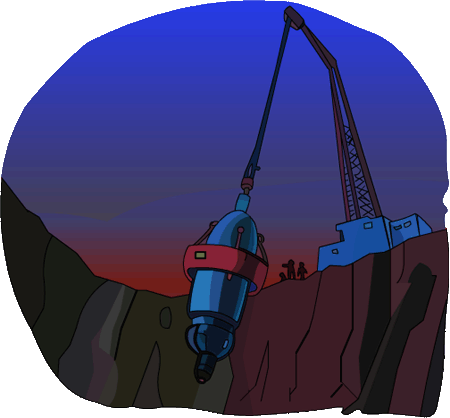
|
Unit 5:
In Mission Time Capsule, the students create multimedia presentations for a time capsule to show future generations what children enjoy today. The pupils complete a book about favourite places by adding multimedia elements such as sound, music, text and graphics. They also create multimedia scenes by animating images and text, adding sound and music, inserting backgrounds and using graphics tools to create images. Finally, a slide-show presentation of the favourite places is generated.
Featured Objectives: |
